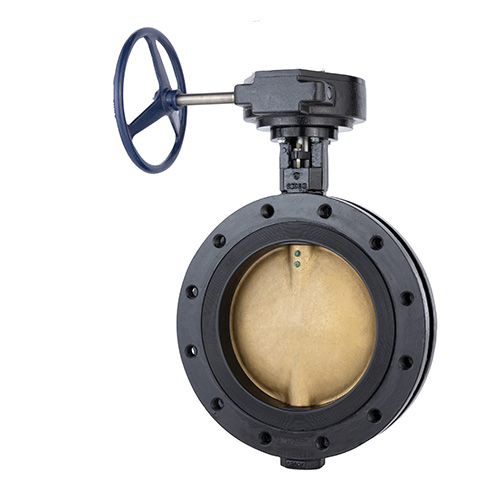When you think of a ship’s critical systems, engines, navigation gear, or propellers may come to mind. But hidden deep in the machinery spaces and piping corridors lies a network of small but mighty components — marine valves — silently controlling, directing, and protecting every flow onboard.
They don’t move the ship.
They make it possible to move — safely, efficiently, and reliably.
What Is a Marine Valve
A marine valve is a mechanical device used to regulate, start, stop, or direct the flow of liquids and gases throughout a vessel. From engine cooling systems to ballast operations, fuel lines to firefighting systems, valves are present in nearly every critical application onboard.
Each turn of a valve isn’t just moving water or fuel — it’s enabling a delicate balance between performance and safety.
The Many Faces of a Shipboard Valve
Different tasks require different tools. That’s why marine valves come in various types, each with a unique role.
- Globe Valve
Controls flow precisely, ideal for cooling systems - Gate Valve
Simple open or close function, often used in fuel or seawater intake lines - Butterfly Valve
Lightweight and fast-acting, great for tight spaces like ballast tanks - Ball Valve
Full-bore, low-resistance design for high-flow operations - Check Valve
Allows fluid to flow in one direction only, preventing dangerous backflow
Why Valves Matter More Than You Think
Valves are not just passive parts. They are the control points in a ship’s circulatory system. A malfunctioning valve could cause overheating in engines, imbalance in ballast tanks, fuel flow disruption, or even compromise the fire protection system.
Marine valves ensure:
- Fluid systems operate under proper pressure and flow
- No cross-contamination between fuel, seawater, or waste systems
- Quick isolation of damaged pipelines during emergencies
- Minimal energy loss through optimized flow design
The Unsung Workhorse of the Sea
Unlike engines or radars, valves don’t get headlines. They don’t roar, spin, or shine. But their failure can cost ships their stability, power, or even safety.
Modern marine valves are evolving too. Today’s designs feature corrosion-resistant alloys, smart sensors for leak detection, and modular components for easier maintenance. Some even integrate with ship control systems for real-time monitoring.
Final Thoughts
A ship’s movement across oceans is a majestic sight, but behind that movement is a complex, well-orchestrated system of flow control. Marine valves are the quiet enablers, the invisible guardians of that motion.
Next time you see a ship glide across the harbor, remember — it is not just driven by engines or propellers, but also by the precise and tireless work of marine valves.
